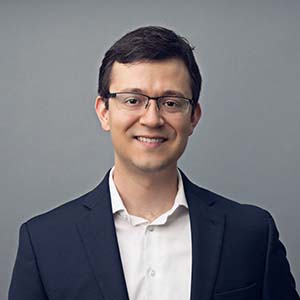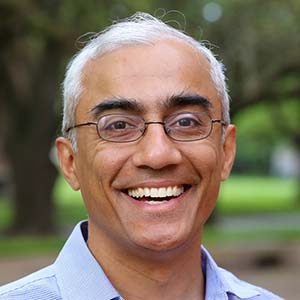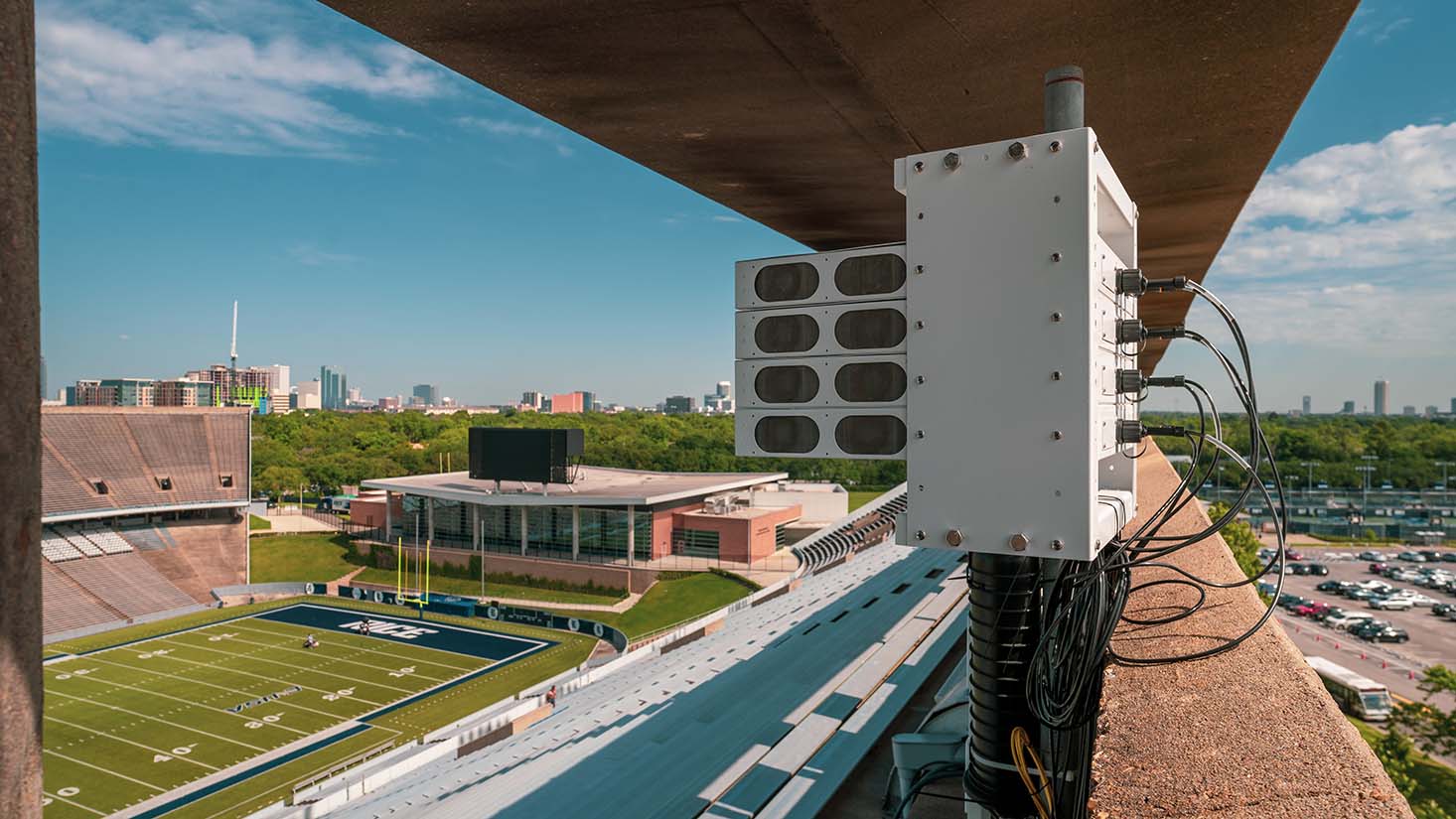
Today, certain segments of the electromagnetic spectrum are reserved exclusively for military radar or weather radar operation to avoid any interference from other wireless technologies. Several radar systems, including military airborne radars, make use of such spectrum in specific geographic areas like airports, leaving those frequency bands underutilized in most parts of the country. The demand for opening up more spectrum is driving the question - can 5G and future cellular systems share spectrum with mission-critical services like airborne radar.
A new joint project between Skylark Wireless and the Rice Wireless Group led by Prof. Ashu Sabharwal has set out to design and demonstrate coexistence of next-generation wireless mobile networks and military airborne radars. The $11.7M project is funded by the National Spectrum Consortium (NSC), a research and development organization formed by an industry/academia/government alliance created with the purpose of incubating new technologies for better use of the electromagnetic spectrum.
“Skylark's outdoor agile and modular software-defined radio platforms allow developers to innovate at all layers of a Massive MIMO and 5G network stack. We're excited to collaborate with Rice University to implement and test future 5G beamforming and spectrum sharing technologies in order to ensure that the United States remains competitive in commercial 5G services without sacrificing performance or mission capabilities.”

“The project leverages our expertise in both fundamental research and at-scale experiments. The outcomes of this project could guide the future policy in spectrum sharing between commercial services and mission-critical operation,” said Sabharwal, Director of Rice Wireless. Sabharwal, Department Chair and Earnest D. Butcher Professor of Engineering, also leads the NSF PAWR platform project RENEW (renew-wireless.org) and the wireless networks thrust in the ARL-Rice RUNSRA center.

